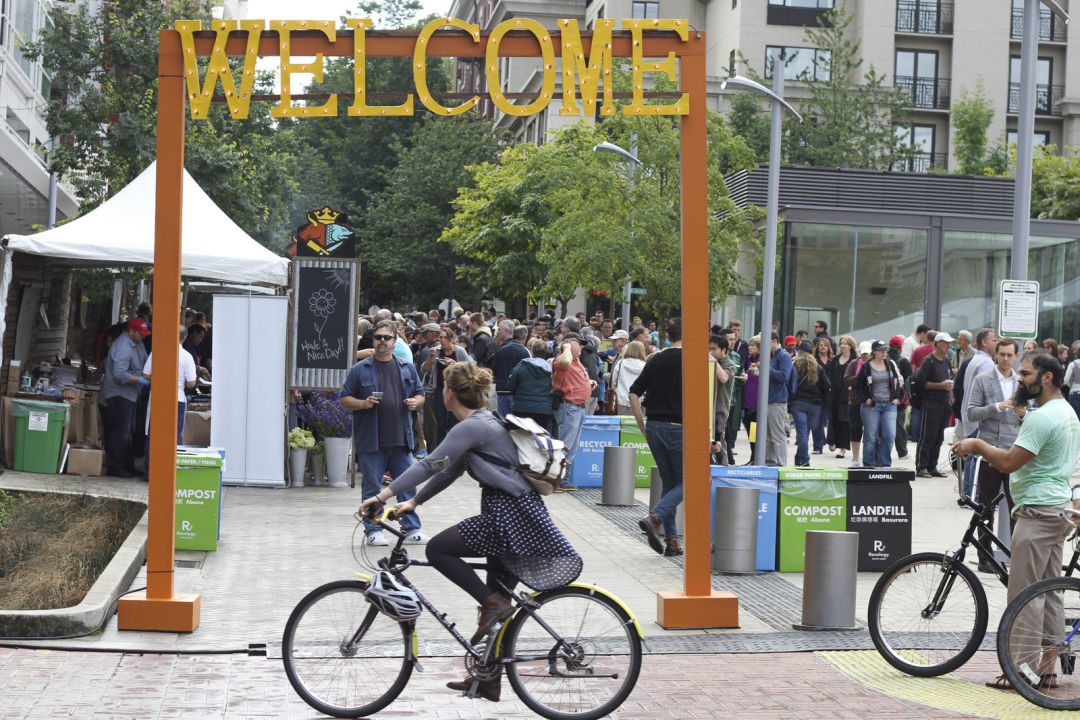Homework

FOR MORE THAN 10 YEARS, the corner of NE MLK Jr. Boulevard and E Burnside Street, otherwise known as the "Burnside Bridgehead," has awaited a new identity.
Former Mayor Vera Katz dreamed of a "world-class" work of architecture standing as a gateway to both downtown and the east side. Gerding Edlen Development thought it would be a fine place for a Home Depot. Sometime this fall, the Portland Development Commission will pick from among 10 developers’ ideas, which include an office building, a hotel, a rock club, and a food cart cluster, for what will rise on the four adjacent blocks.
But before we go a step further, might I humbly suggest that for homework, the PDC’s selection committee read this fall’s issues of Portland Monthly!
This month, we profile and map the reinvention of the neighborhood surrounding those blocks: the Central Eastside Industrial District (p. 59). Last month, we offered a guide to Portland’s explosion of food carts. Both offer lessons on how to beat a bad economy—if not with stunning financial success, then at least by making the city more vibrant.
As you’ll learn in this issue, the Central Eastside is booming largely because those with the biggest ideas for the neighborhood 20 years ago were just plain wrong. On one side, architects, planners, and some politicians hoped to move the "eyesore" of Interstate 5 to build an east-side downtown. On the other, neighborhood property owners wanted to bolster the freeway with a new ramp to better serve industry. Neither happened. But in the ensuing stalemate, cheap rents seeded a diverse and thriving business culture.
Two years ago, the Urban Land Institute, a developer trade organization, invited me to give a keynote talk on the "future of the city"—on the eve of the Great Recession. Tongue firmly not in cheek, I shared a theory: the immediate horizon of Portland development was in food carts. My point wasn’t about shrinking the scale of our ambitions, but about timing. Food carts are the perfect way to bring vacant land alive while we await better times to build more permanently. The response? The evening’s emcee rolled his eyes and made fun of me.
A lot of the audience, however—particularly those under 40—came up afterward to shake hands. Our shared view wasn’t about age or a craving for Korean tacos; the coming times simply demanded innovation and flexibility. What’s happened across the city since speaks for itself. (If you missed our September feature on Portland food carts, check out the story, plus 42 wonderful videos, at portlandmonthlymag.com/foodcarts.)
Maybe this next round of ideas for the Bridgehead will produce something grand that can actually get built. But for those making the decision on what to reach for, please look around. There’s something interesting going on in Portland. The Central Eastside and food carts may not offer a road map to recession recovery, but together they prove that the incremental and the temporary are two healthy ways to make the city better, with or without the help of the economy.
